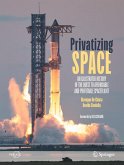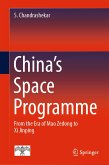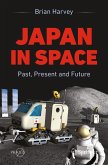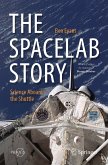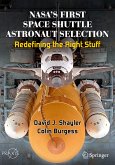This textbook covers the range of psychological and interpersonal issues that can affect astronauts living and working in space. It deals with the three major risk areas cited by NASA's Behavioral Health and Performance Element: Behavioral Medicine, Team Risk, and Sleep Risk.
Based on the author's more than 50 years of experience in space-related activities writing, conducting research, and teaching undergraduate and graduate courses, the book follows a comprehensive range of topics that include: cognitive effects; psychiatric issues; cultural influences; salutogenic and positive aspects of space travel; autonomy and delayed communication; current plans to return to the Moon and Mars; analysis of study environments such as the polar regions, submersible habitats, and space simulation facilities; and more. It draws on research, literature, and case studies from the 1950s onward, showing readers in a natural and accessible way how the field has progressed over time.
The book contains ample end-of-chapter summaries and exercises as well as a complete glossary of key terms. As such, it will serve students taking courses in aerospace psychology, psychiatry, sociology, human factors, medicine, and related social sciences, in addition to space industry professionals and others interested in the complexities of people living and working in space.
Dieser Download kann aus rechtlichen Gründen nur mit Rechnungsadresse in A, B, BG, CY, CZ, D, DK, EW, E, FIN, F, GR, HR, H, IRL, I, LT, L, LR, M, NL, PL, P, R, S, SLO, SK ausgeliefert werden.
"This book ... is really the guidelines or criteria of healthy behavior for human space travel, either non-commercial or commercial. Writing to be a textbook, the contents are considered to be more than rich, sufficient and exhaustive. More importantly, the book guides students and readers from shallow to deep with the in-depth academic theory as basics and the easy understandable features as phenomena. ... Throughout the book, there are enormous amount of statistical data, figures ... ." (Acta Astronautica, June 1, 2023)




